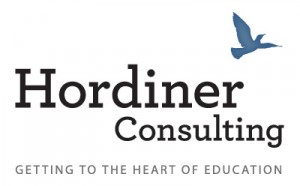For learning to be meaningful and enduring it must involve a synergy between ideas and values on the one hand and a deep understanding of children on the other. As we are studying and considering the main points of a holiday, therefore, we must also keep in mind the needs, interests, and questions of the individual children. This will guide us not only in selecting those ideas and values we ought to focus upon but also in choosing how we will appropriately explore them inside the classroom.
The following is an overview of the main ideas and values which emerge from the Jewish calendar and their practical applications within the classroom. Each time period or holiday is divided into three basic sections (1) core educational principle (2) questions and investigations (3) pedagogical pointers. All questions and investigations include age-appropriate indicators. Please keep in mind that particular activities will and should vary depending on the individuals and classroom involved.
Shabbat
Elul
Rosh Hashanah & Yom Kippur
Sukkot, Shemini Atzeret, & Simchat Torah
Chanukah
TU B’SHEVAT
Man is a Tree of the Field (Devarim 20:19)
CORE EDUCATIONAL PRINCIPLE – Emotional Intelligence
Tu B’Shevat, The New Year of the Trees, and this verse from Parsha Shoftim, teach us that from trees we learn how attentive we need to be to the emotional life of young children.
How is a person a tree? What makes a tree unique within creation is that a tree always remains connected to its life source. Similarly, human emotion is deeply rooted within the soul, like trees rooted in the earth. And so while human emotions can be developed, they cannot fundamentally change in nature. This is why one’s personality, which is a composition of emotional traits, is so difficult to change. Yet this is precisely what makes emotions so deserving of our focus, namely, that emotions are constantly connected to and openly express the inner soul. If we can tap into the depth of the soul, then we can greatly influence our behavior and growth.
So if we want to impact young children (and ourselves), managing and refining our emotions necessarily becomes a top priority.
QUESTIONS & INVESTIGATIONS
Questions for Discussion
- Which fruit do you like the most? (2s, 3s, and 4s)
- Which color is this fruit? (2s & 3s)
- What do you like about trees? (3s & 4s)
- What kind of birthday gift could we give to the trees? (3s & 4s)
- How do we take care of trees? How do trees take care of us? (3s & 4s)
- Why do you think trees need to sleep? (3s & 4s)
- How are we like trees? How are we not like trees? (4s)
- Why do we (or those people who live in cold places) celebrate Tu B’Shevat in the winter time? (4s)
Classroom Investigations
- Trees & Fruits – anatomy, function, benefit/value, different types (seven species), planting (2s, 3s, & 4s)
- Weather, Seasons, and Climates (3s & 4s)
- Land of Israel (3s & 4s)
PEDAGOGICAL POINTERS
Purim
Pesach
Pesach Sheni
Lag B’Omer
Shavuot
back to Curriculum and Pedagogy
